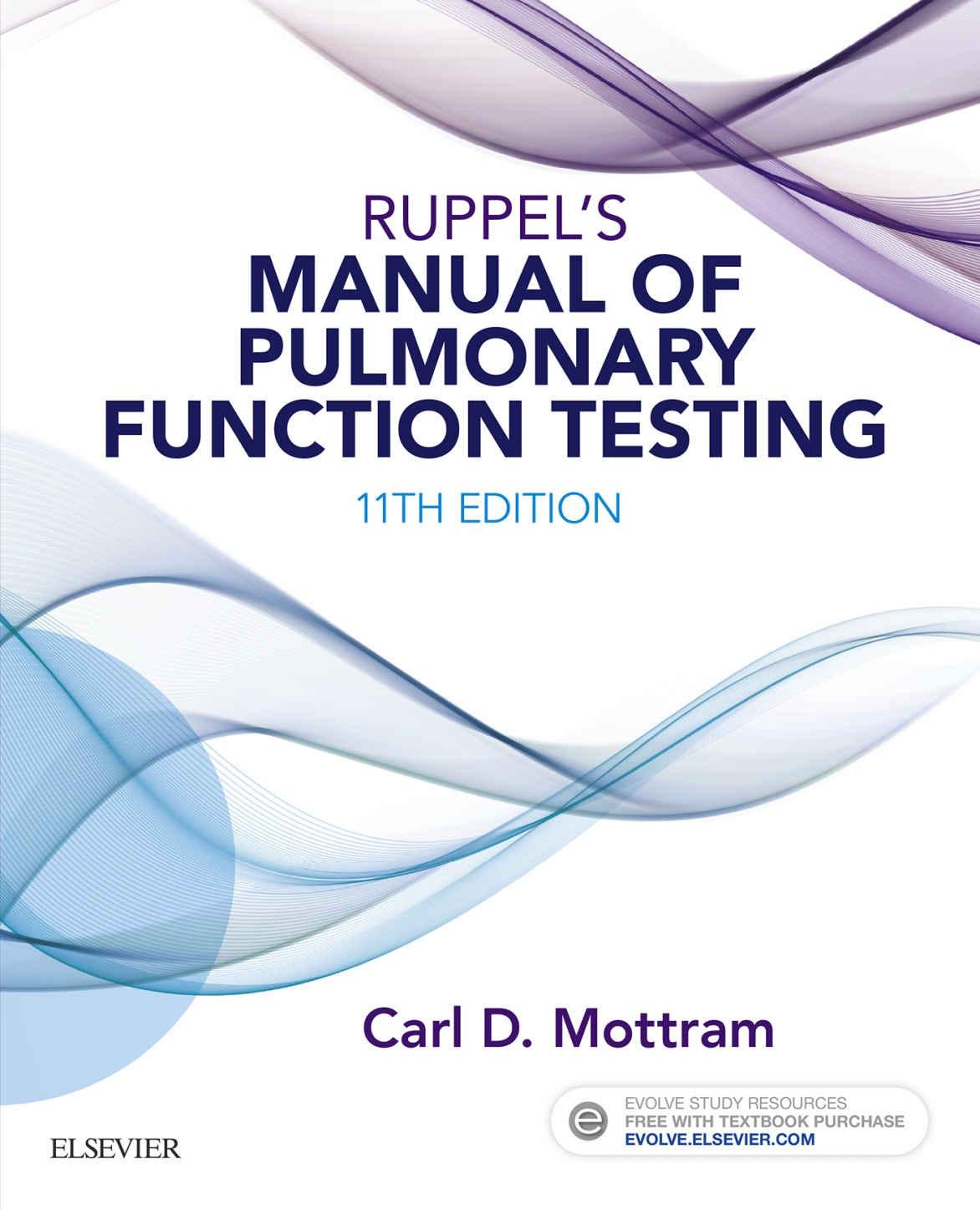
https://ebookmass.com/product/ruppels-manual-of-pulmonary-

https://ebookmass.com/product/the-house-of-fortune-jessie-burton/

ebookmass.com

Pulmonary function testing interpretation, “bringing it all together”
Interpretation algorithm
Summary
Case studies
Self-assessment questions
Entry-level
Advanced
Appendix A: Answers to Self-Assessment Questions
Chapter 1, Indications for pulmonary function testing
Chapter 2, Spirometry
Chapter 3, Diffusing capacity tests
Chapter 4, Lung volumes, airway resistance, and gas distribution tests
Chapter 5, Ventilation and ventilatory control tests
Chapter 6, Blood gases and related tests
Chapter 7, Cardiopulmonary exercise testing and field tests
Chapter 8, Pediatric pulmonary function testing
Chapter 9, Bronchoprovocation challenge testing
Chapter 10, Specialized test regimens
Chapter 11, Pulmonary function testing equipment
Chapter 12, Quality systems in the pulmonary function laboratory
Chapter 13, Reference values and interpretation strategies
Glossary
Back Cover

Dead space ventilation per minute (BTPS)
fb, f Respiratory rate per minute, breathing frequency
VD/VT Dead space to tidal volume ratio
P100, P0.1 Pressure in the first 100 msec of an occluded breath, occlusion pressure
Spirometry
FVC Forced vital capacity with maximal expiratory effort
FIVC Forced inspiratory vital capacity with maximal inspiratory effort
FEVT Forced expiratory volume for a specific interval T
FEVT/FVC%, FEVT% Forced expiratory volume to forced vital capacity ratio expressed as a percentage
FEFx Forced expiratory flow related to some specific portion of the FVC, denoted as subscript X, referring to the volume of FVC already exhaled at the time of measurement
FEF25%–75% Forced expiratory flow during the middle half of the FVC (formerly the MMF)
FEF50%/FIF50% Forced expiratory flow to forced inspiratory flow at 50% of VC expressed as a ratio or a percentage
FET Forced expiratory time
PEF Peak expiratory flow
MEFV Maximal expiratory flow-volume curve
MIFV Maximal inspiratory flow-volume curve
PEFV Partial expiratory flow-volume curve

Forced expiratory flow related to the actual volume of the lungs denoted by subscript X, referring to the lung volume remaining when measurement is made
MVVX Maximal voluntary ventilation as the volume of air expired in a specified interval, denoted by subscript X (formerly MBC)
Pulmonary Mechanics
C Compliance, volume change per unit of pressure change
Cdyn Dynamic compliance, measured during breathing
* Where two symbols are given, both are commonly used
testing / Gregg L. Ruppel. 10th ed. c2013. | Includes bibliographical references and index.
Identifiers: LCCN 2016048605 | ISBN 9780323356251 (pbk.)
Subjects: LCSH: Pulmonary function tests–Handbooks, manuals, etc.
Classification: LCC RC734.P84 R86 2017 | DDC 616.2/40754–dc23
LC record available at https://lccn.loc.gov/2016048605
Content Strategist: Yvonne Alexopoulos
Content Development Manager: Billie Sharp
Publishing Service Manager: Deepthi Unni
Project Manager: Andrea Lynn Villamero
Design Direction: Amy Buxton
Printed in the United States of America
Last digit is the print number: 9 8 7 6 5 4 3 2 1

Contributors/Reviewers
Contributors
Susan Blonshine, BS, RRT, RPFT, FAARC, AEC President/CEO, TechEd Consultants, Technical Director, Michigan State University Pulmonary Function, Laboratory Mason, Michigan
Katrina M. Hynes, MHA, RRT, RPFT Supervisor Pulmonary Function Laboratory, Mayo Clinic Rochester, Minnesota
David A. Kaminsky, MD Professor of Medicine, Pulmonary and Critical Care, University of Vermont, Attending Physician Medicine, Pulmonary, and Critical Care, Fletcher Allen Health Care, Burlington, Vermont Reviewers
Ellen A. Becker, PhD, RRT-NPS, RPFT, AE-C, FAARC Professor, Respiratory Care, Cardiopulmonary Sciences, Rush University, Chicago, Illinois
Sarah Gabua, DNP, RN, CNE Nursing and Allied Health Consultant, Adjunct Faculty, Nursing and Allied Health, School of Nursing, 2nd Act Consulting, LLC, Ferris State University, Las Vegas, Nevada, and Big Rapids, Michigan
Janet Czermak Russell, MA, MS, APN-BC Associate Professor of Nursing, Essex County College Newark, New Jersey
respiratory physiology and the clinical skills to deal with symptomatic patients in the testing environment. Well-prepared technologists are more likely to avoid misclassification of disease states and to relate the results of pulmonary function tests to important patient outcomes. This edition of the Manual aspires to contribute to that preparation.
Carl D. Mottram, RRT, RPFT, FAARC, took responsibility as the author/editor beginning with the tenth edition. He has continued in this role to significantly expand and improve the eleventh edition. There is no one better qualified to continue improving the content and the format of the text. The Manual should continue to be a useful resource for students of lung function testing, whether they are therapists, technologists, or physicians.
Gregg L. Ruppel, MEd, RRT, RPFT, FAARC, Division of Pulmonary, Critical Care and Sleep Medicine, Saint Louis University School of Medicine, St Louis, Missouri
